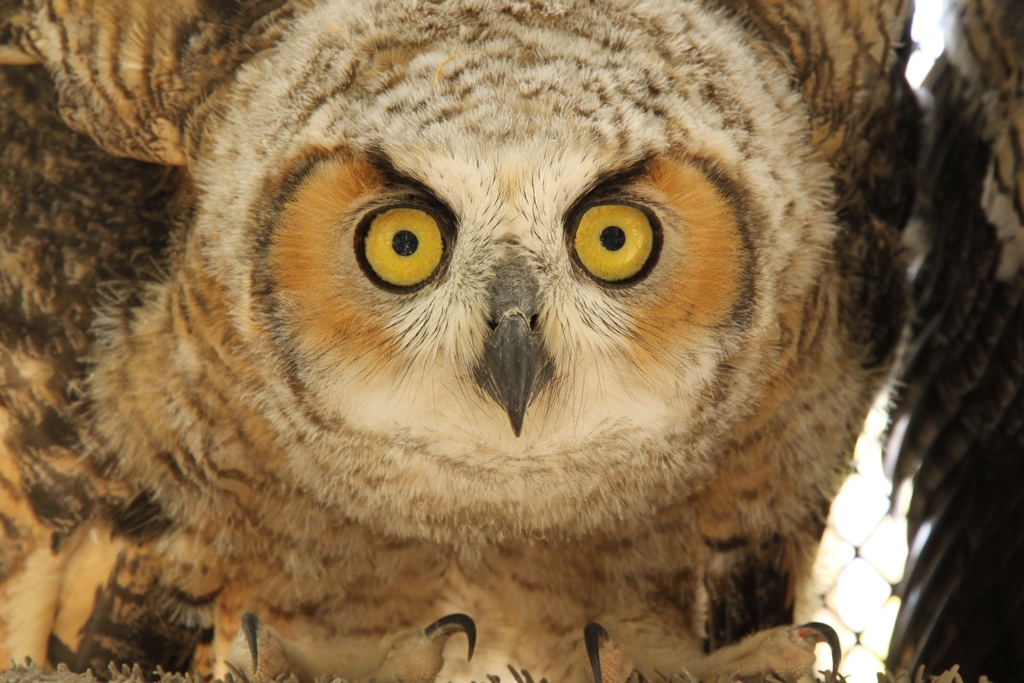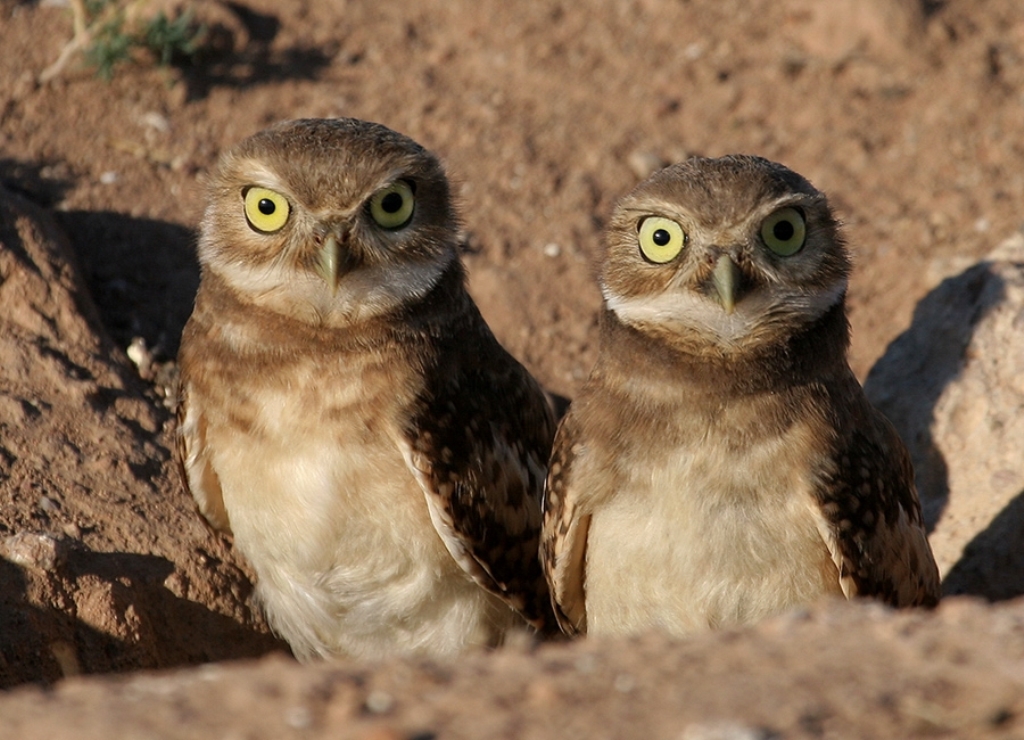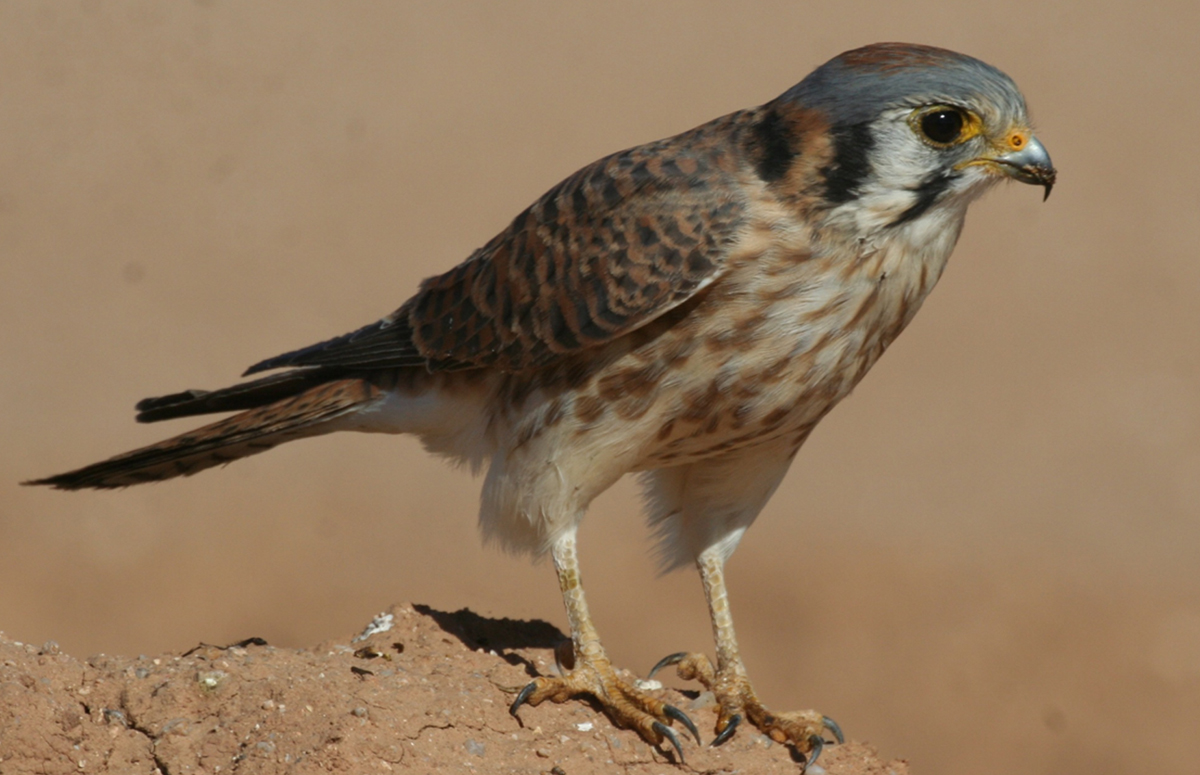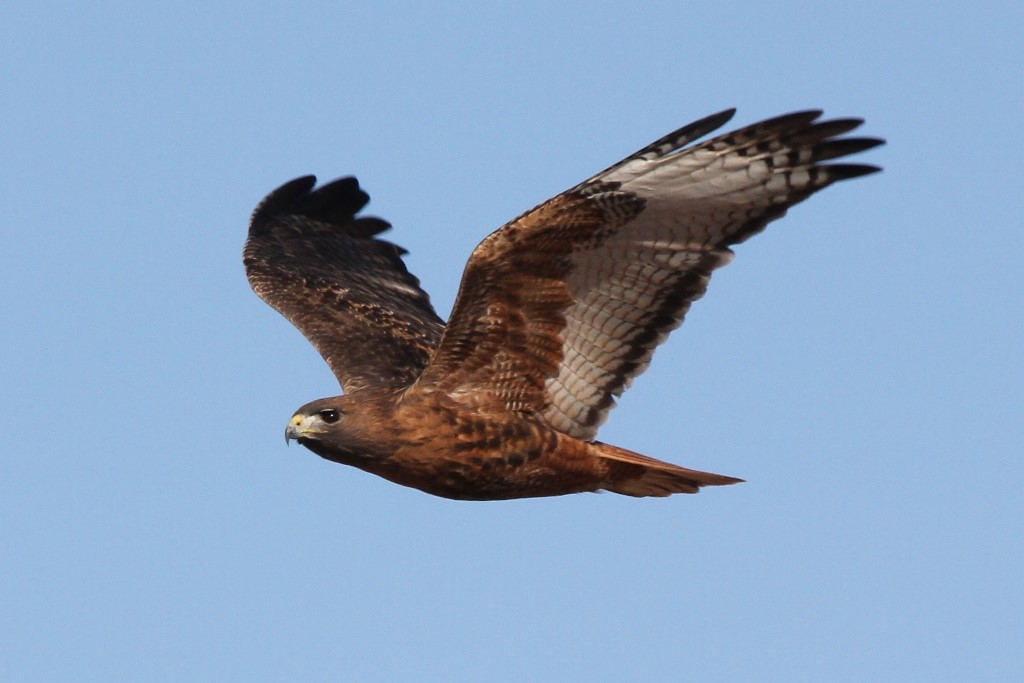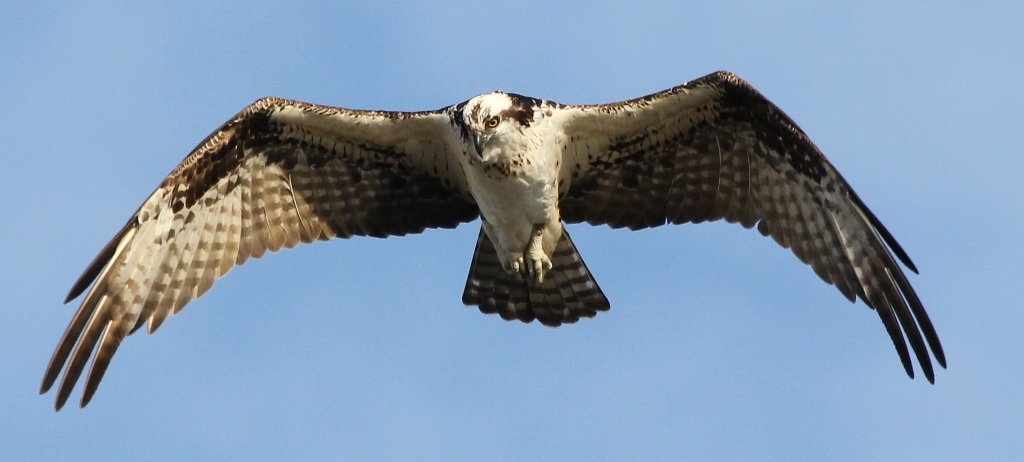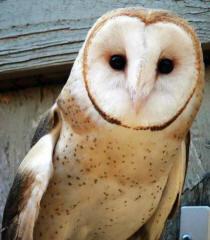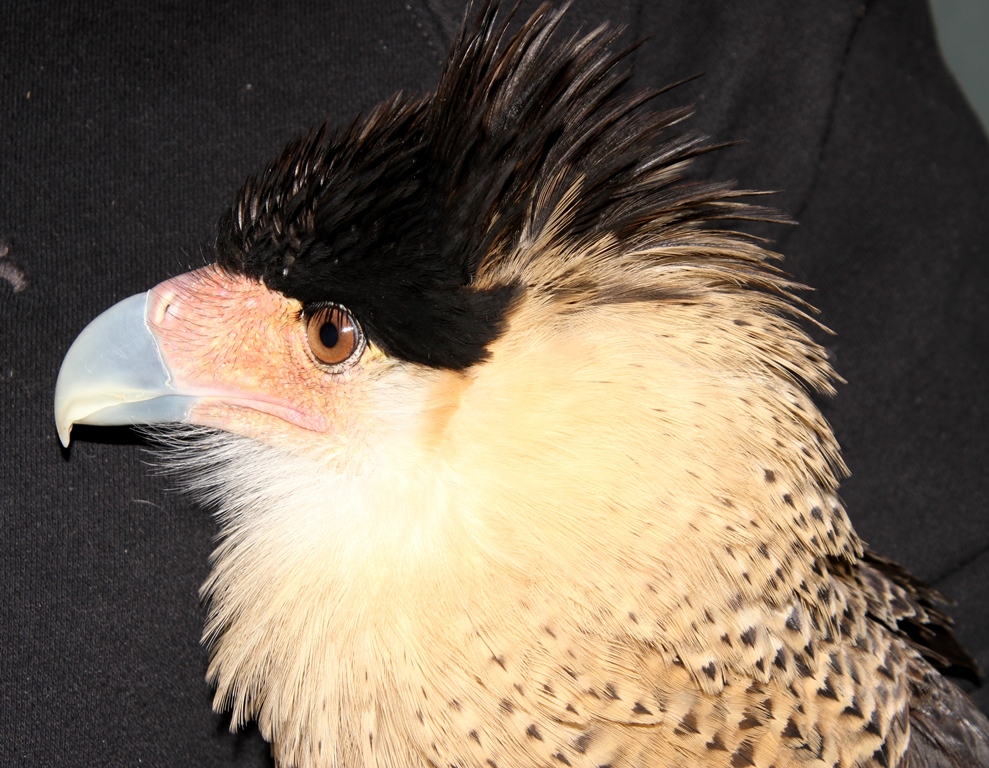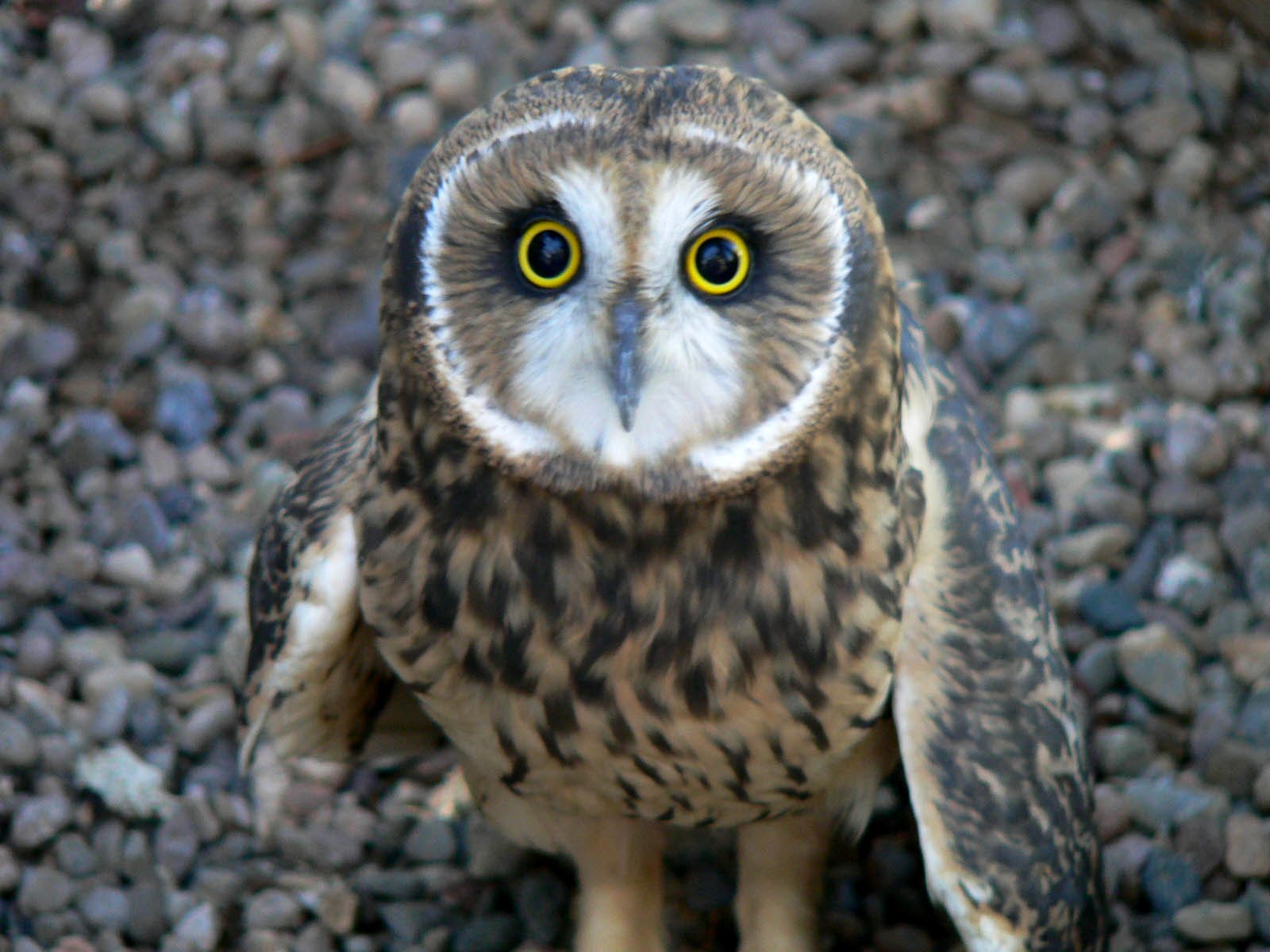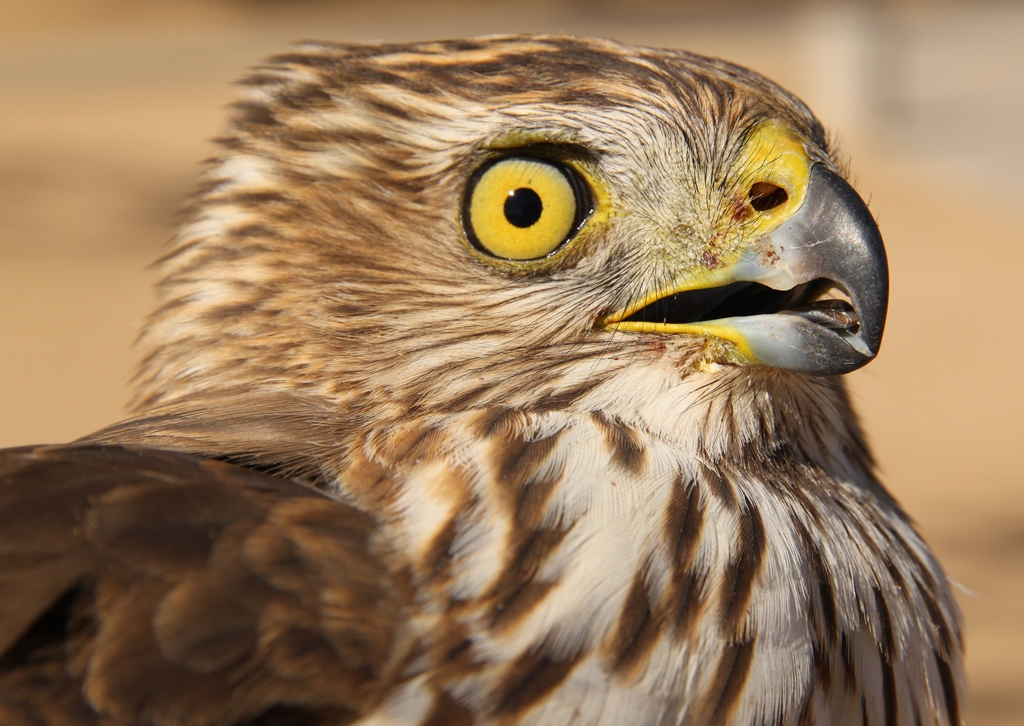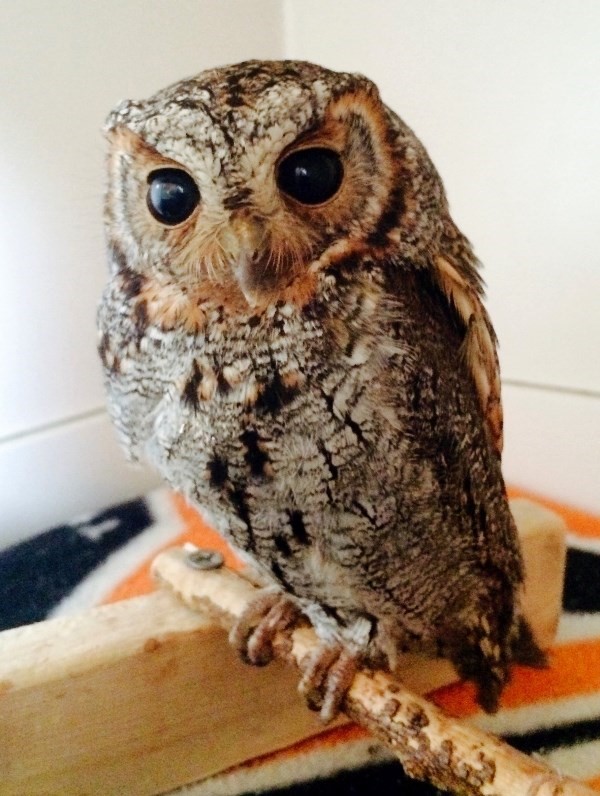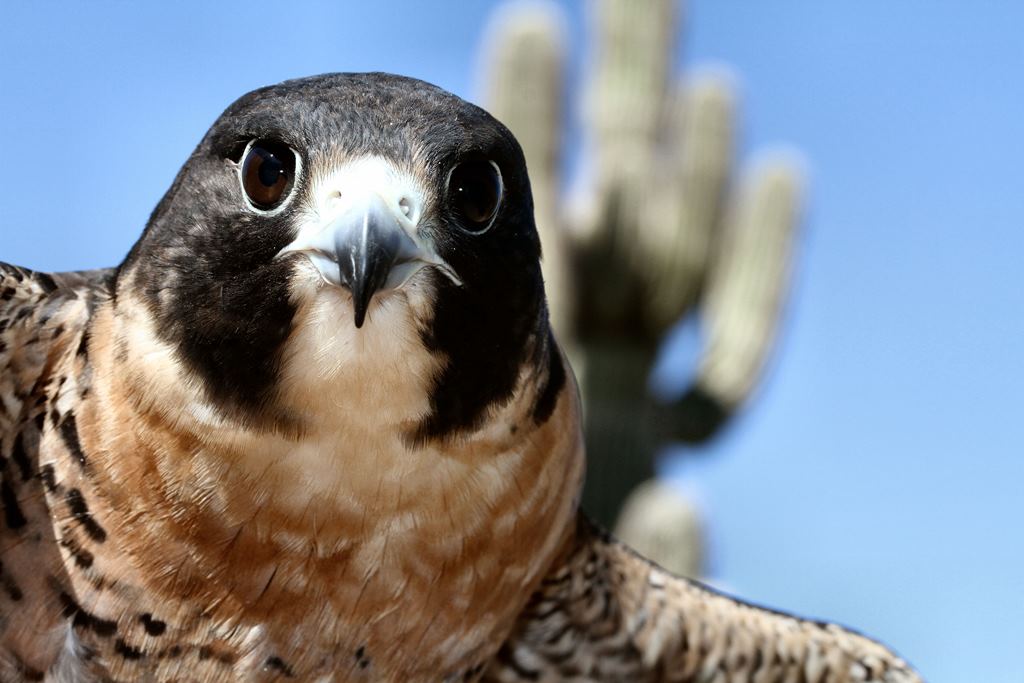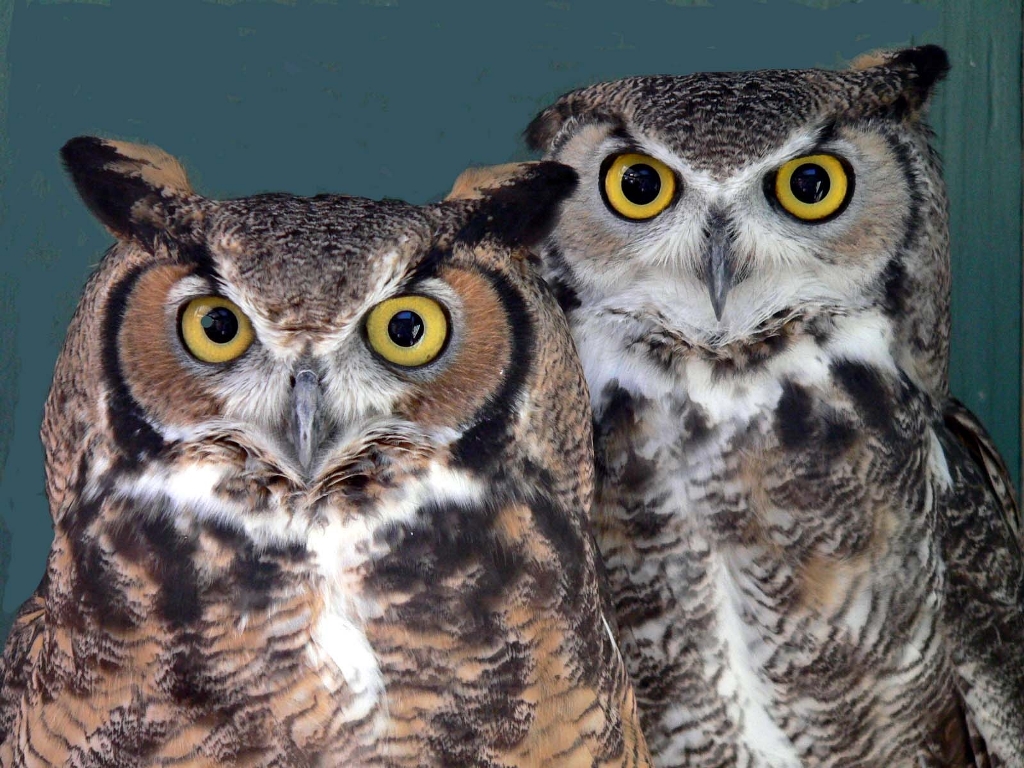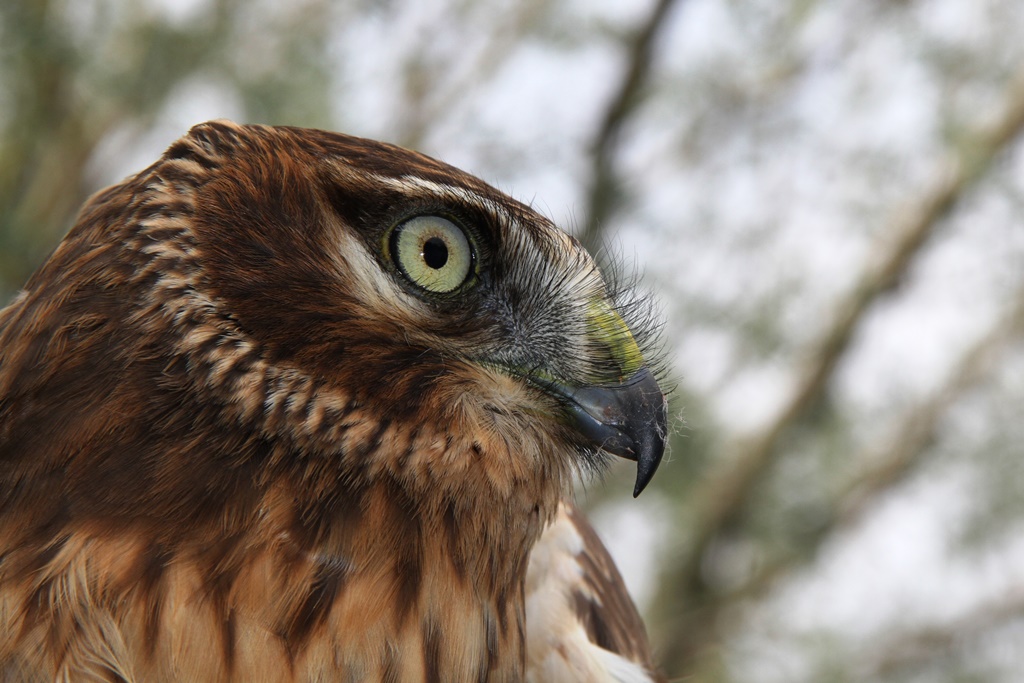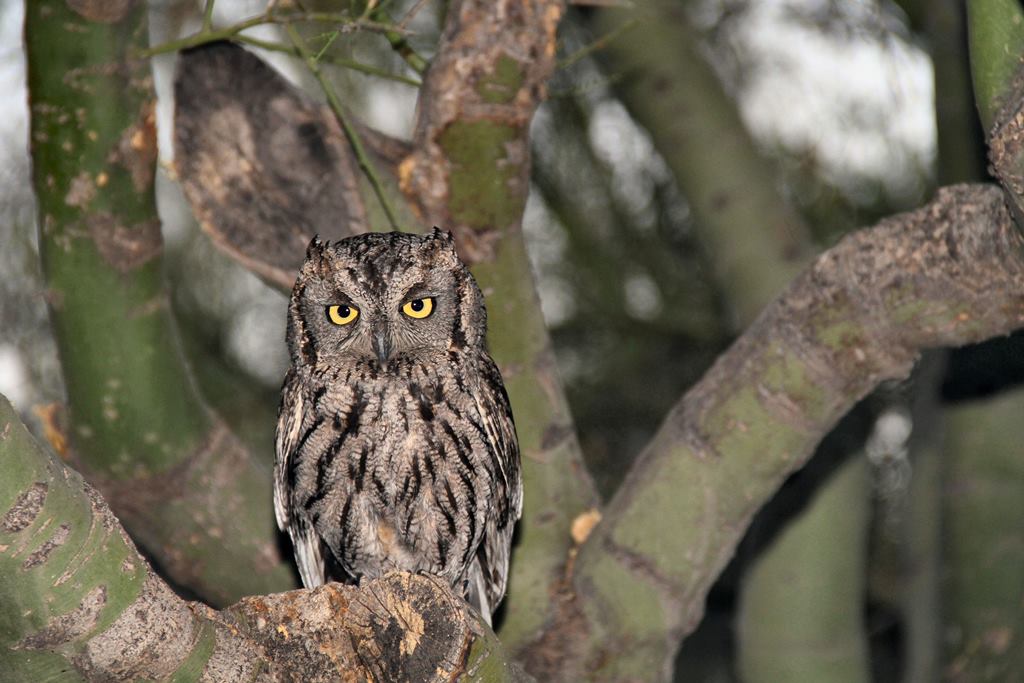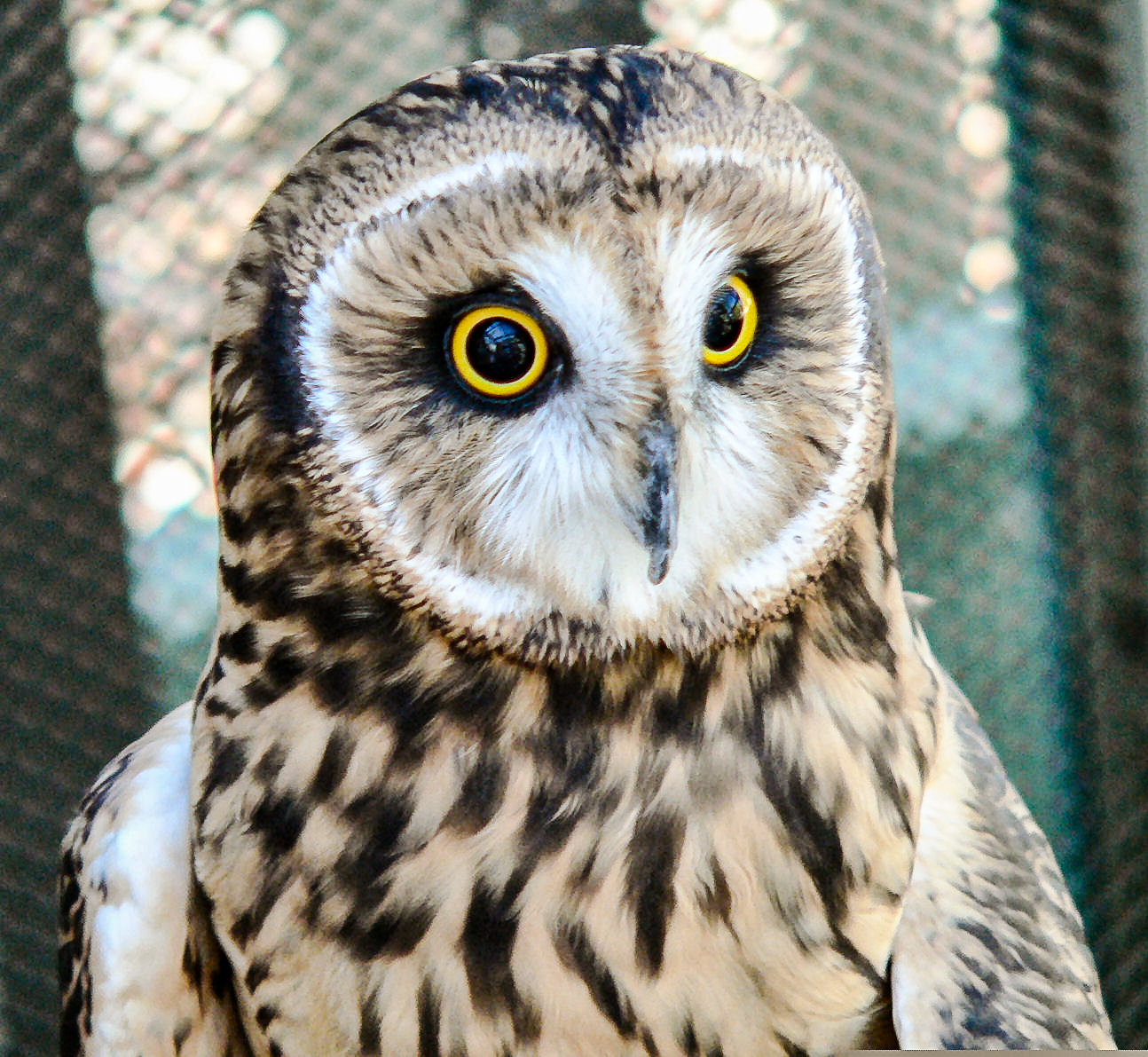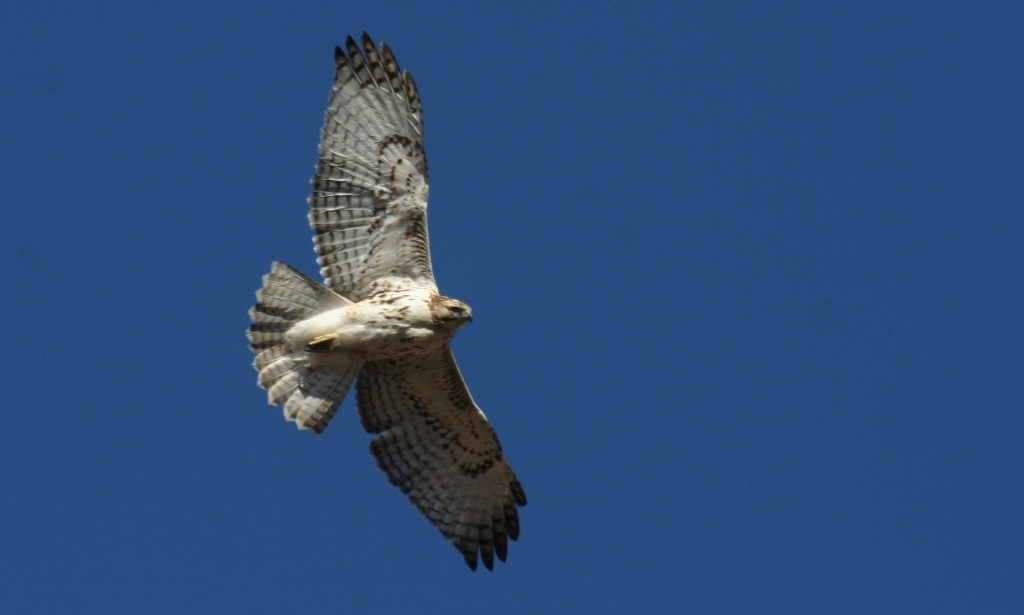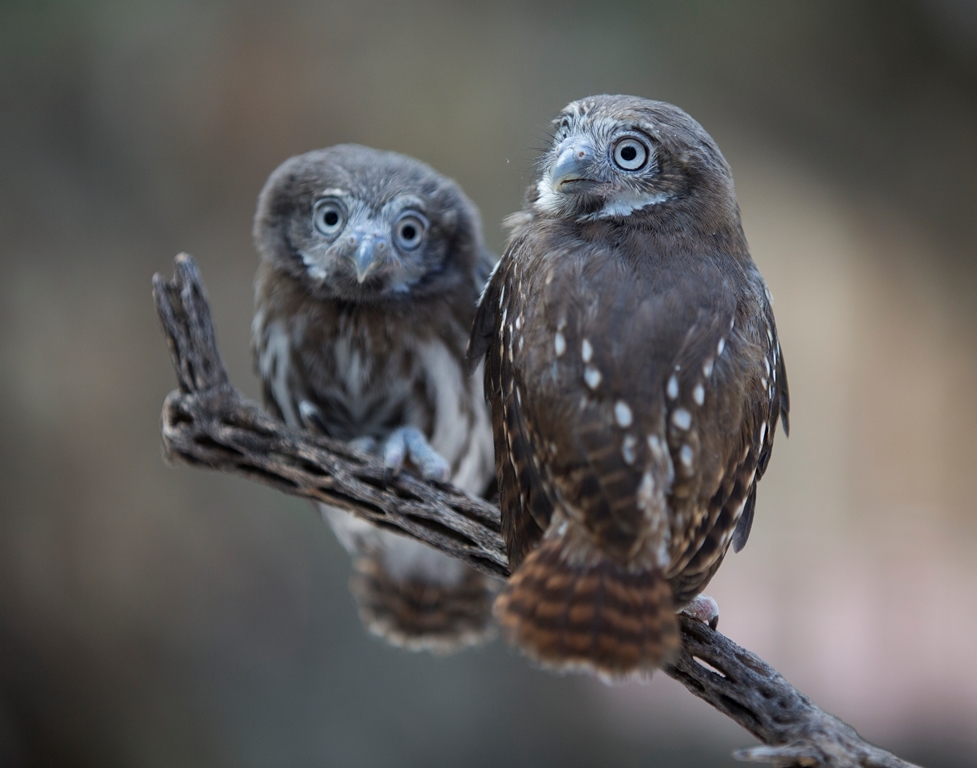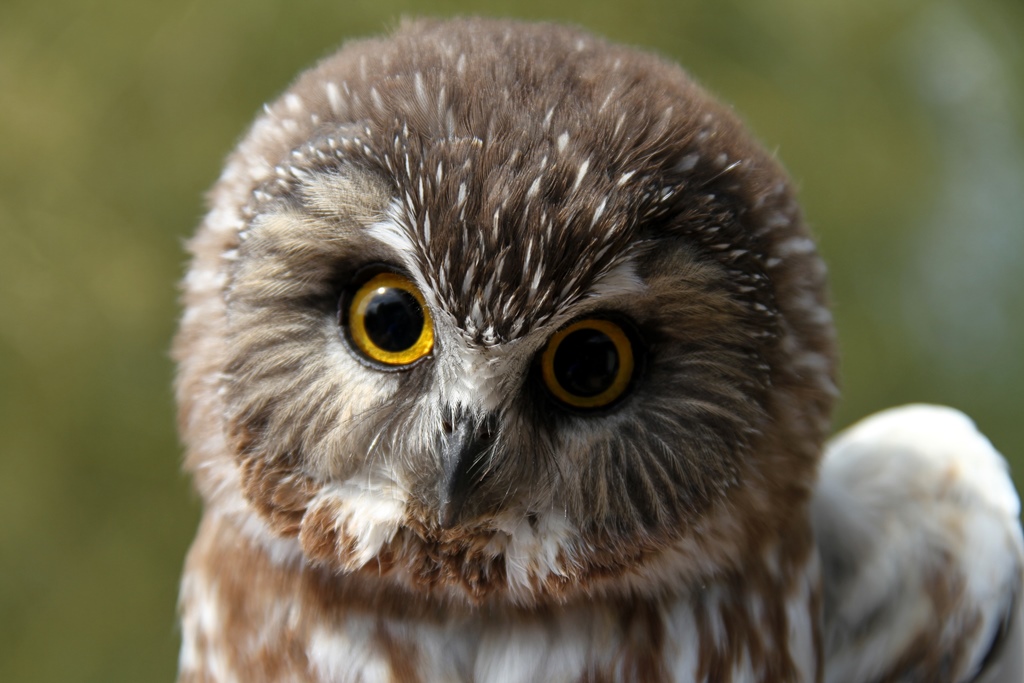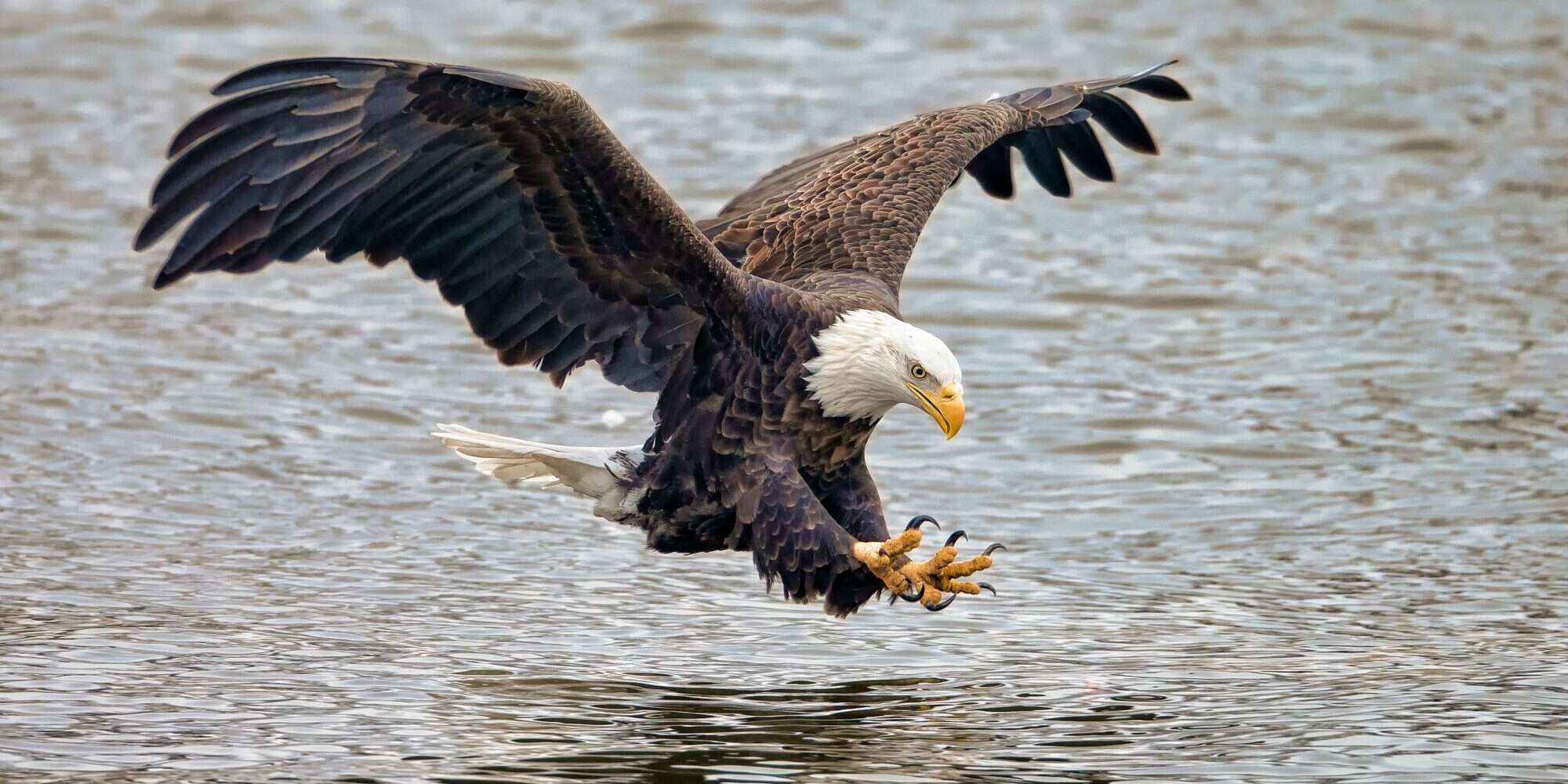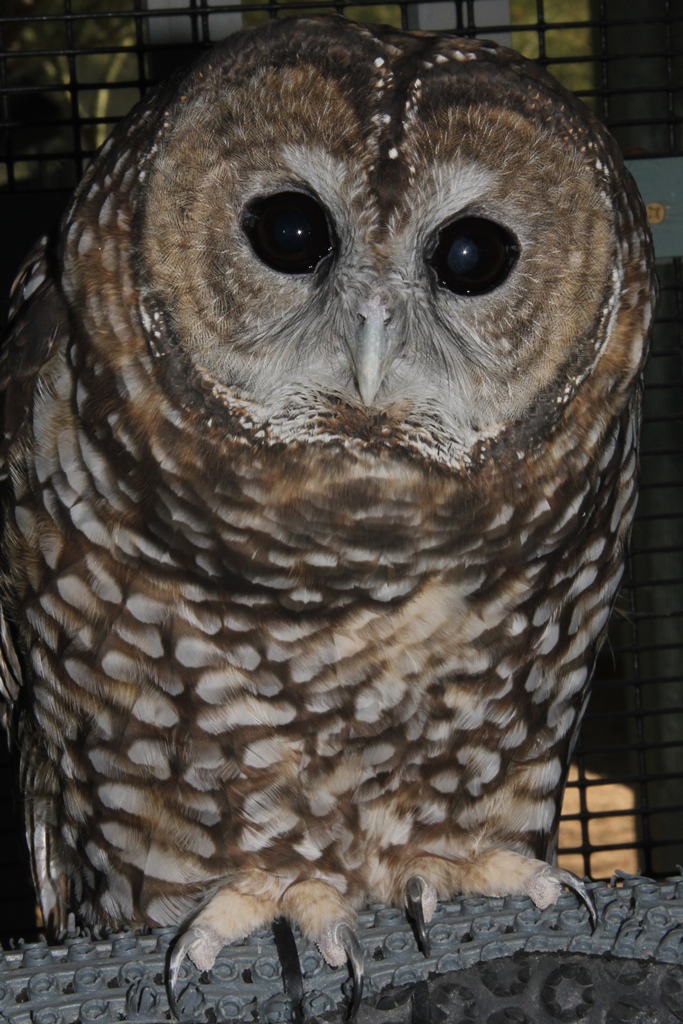How to Differentiate Birds of Prey
Ever wondered how to tell apart a falcon from a hawk? Or confused a hawk for an owl? This quick guide will help you identify the different types of Arizona raptors.
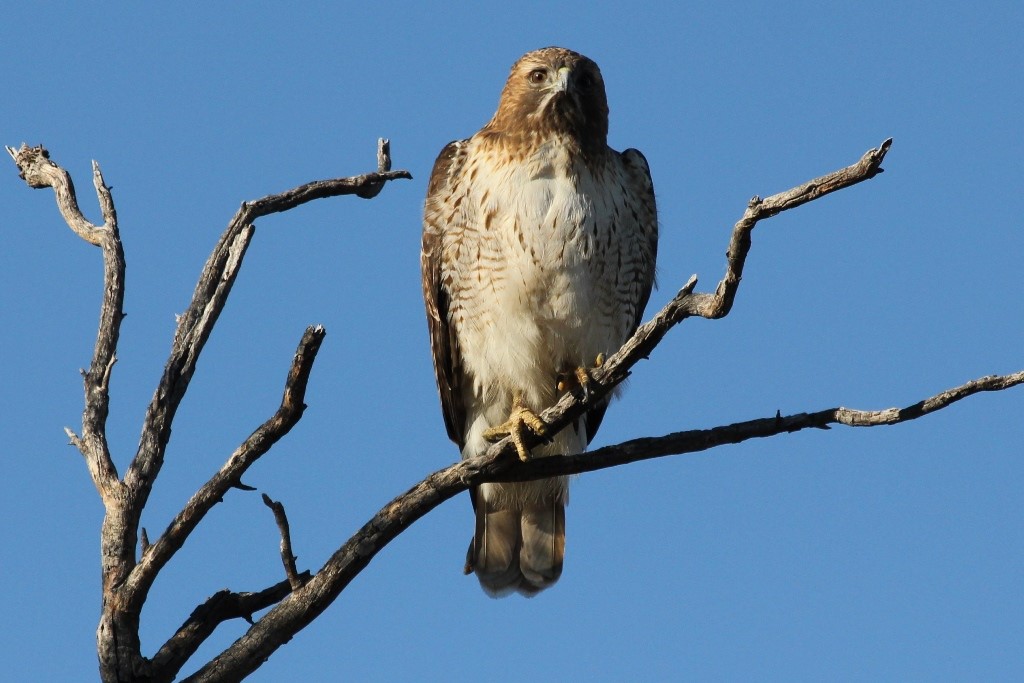
What is a Raptor and Why Are They So Special?
Raptors, or Birds of prey, are popular animals that tend to catch people’s interest more than most other species; many even have special legislative protection. It is the unique combination of soil, climate, geology, and vegetation that has created an ecosystem where nesting birds of prey occur in extraordinary numbers. But what makes raptors so special?
All raptors have a hooked beak, strong feet with sharp talons, large wings, keen eyesight, and a carnivorous diet making them excellent hunters. Birds that are classified as raptors also share a common ancestry; they evolved from terrestrial birds that preyed on vertebrates. Modern-day raptors are defined based on their evolutionary history and the adherence to the raptorial lifestyle of their ancestors. The word raptor is Latin for “ravisher” and comes from the Latin word rapere, meaning “to seize”.
Notable Characteristics of Arizona Raptors
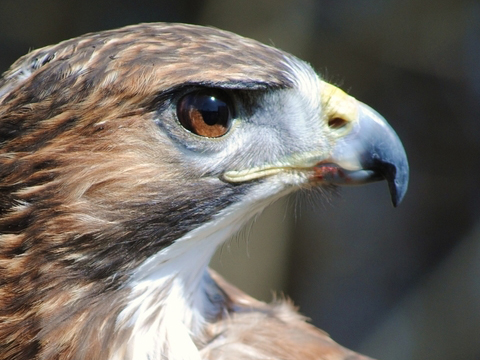
Hooked Beak:
The raptor’s beak sets it apart from other birds. All raptors have the same beak design, curved at the tip with sharp cutting edges to rip and tear apart their prey.
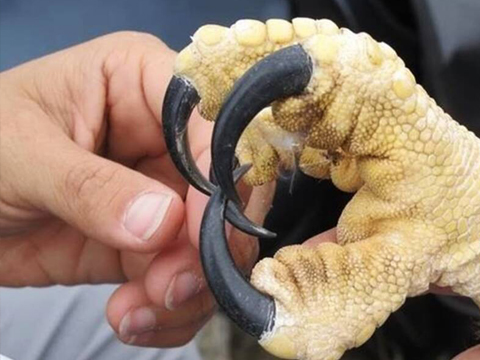
Strong Feet with Talons:
Birds of prey have powerful leg and toe muscles along with sharp talons; making their feet lethal weapons. Their feet are perfectly designed to catch, hold, and carry prey. The length and size of a raptors toes, and the curvature and thickness of its talons are related to the type of prey it pursues. Most birds of prey have three toes pointing forward and one pointing backward. These toes can apply an extremely powerful grip on their prey, literally crushing it to death. The talons may also kill the prey by piercing the soft tissue and vital organs. Owls and osprey have one hinged toe that can be held in a forward or back position. This allows them to hold fish with two talons on each side for a secure grip.
In most diurnal birds of prey the first toe points backward and the remaining three-point forward. In ospreys, the fourth toe can be moved backward, allowing two toes to face forward and two backward.
- Most diurnal birds of prey have strong toes and sturdy, sharp talons for catching and carrying prey. Vultures, who feed primarily on carrion, have weak toes and talons.
- Birds that kill and carry large prey, like golden eagles (Aquila chrysaetos), have relatively long hind talons.
- Hind talons can also be used to strike down other birds in mid-flight, a technique often used by larger falcons, such as peregrines and gyrfalcons.
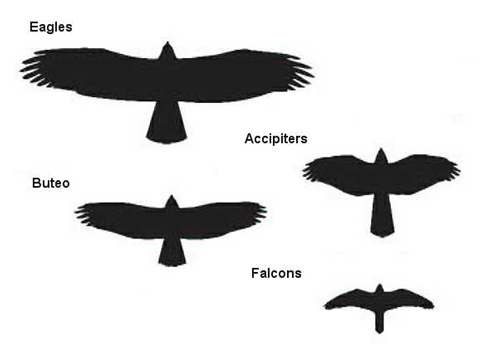
Wings:
The wing skeleton of Birds of Prey is particularly lightweight; unlike terrestrial vertebrates’ marrow-filled bones, most bird wings are composed of hollow bones.
- Falcons have relatively long, narrow, sharply angled wings for chasing or stooping (diving) on prey.
- Hawks of the genus Accipiter have relatively short, rounded wings for short bursts of speed and maneuverability while chasing prey in dense vegetation.
- Ospreys and harriers have long, rounded wings for stability when flying close to water or land, seeking prey.
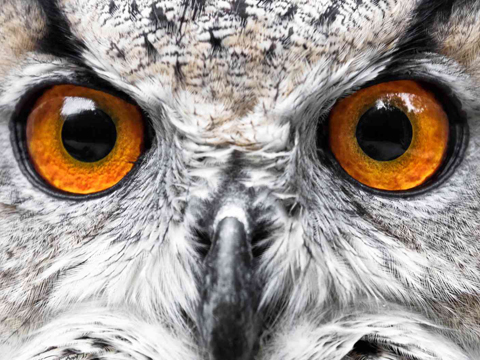
Eyesight:
Raptors have amazing eye-sight. They are able to see 5 times better than humans.
- Raptors have full-color vision and two concentrations of sharp vision on the retina. When the raptor’s two fovea work in unison, they give them very accurate depth perception which aids in catching moving objects. Nocturnal raptors, like owls, have the added advantage of remarkable night vision. An owl’s eyes are also located in the front of their heads, much like humans, giving them a larger area of binocular vision.
- Raptor eyes are fixed within their eye sockets and these birds cannot look from side to side. Instead, they have about 2 times the number of neck bones than people have so that raptors can turn their heads around 180 degrees .
- Raptors have three eyelids! They have a top and bottom eyelid plus a third, transparent eyelid that closes laterally across the eye. This special eyelid is called a nictitating membrane and is used to;
- _keep the eyes moist,
- _protect the eyes during flight, and
- _protect the eyes when feeding themselves or their young.
When humans close their eyes to blink or sleep the upper eyelid closes. Depending on the species, raptors may close the top eyelid, the bottom eyelid, or both. An additional form of eye protection in many raptors is a bony shield, called the superciliary ridge, that projects above the eye. This ridge acts like a visor for protection from the sun and also protects the eyes from injury while hunting. It also gives raptors a menacing appearance.
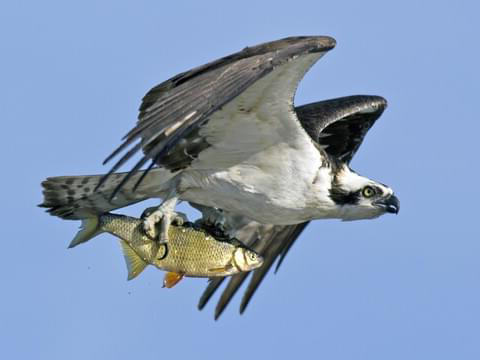
Carnivorous Diet:
Raptors eat whole prey which means that they eat the fur, feathers, bones, and teeth of their animal meal along with the muscle and organs. Bones and fur are hard to digest. To get rid of these indigestible parts, raptors cast (regurgitate or vomit) a pellet of fur and bones every 1-2 days. You can sometimes find these on the ground and with close examination, tell what the raptor had to eat! You will find more bones in an owl’s cast because they haven’t been digested as well as those from a hawk.
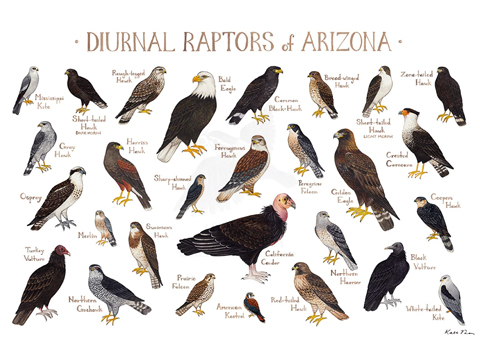
Size:
Raptors are generally large birds, although sizes vary greatly between species.
Most raptors are sexually dimorphic (the condition where the sexes of the same species exhibit different characteristics, particularly characteristics not directly involved in reproduction), with females significantly larger and heavier than males. On the other hand, vultures exhibit little to no differences between sexes, and it is difficult to distinguish males from females.
Printable version of this image, purchase here.
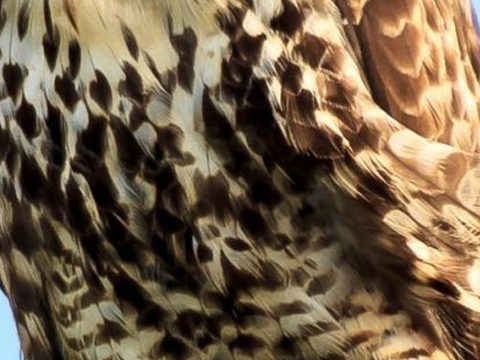
Coloration:
Arizona birds of prey have subdued feather colors, mainly browns, rust, black, white, and some blues and grays.
Old and New World vultures may have subdued feather colors, but the skin color of their heads and/or necks can be quite vivid.
Males and females are usually identical in color except in some harriers and falcons. In merlins (Falco columbarius) and American kestrels, the males’ wings are gray-blue from above while the females’ are brown
Many species have an immature plumage and an adult plumage. Immature bald eagles are completely brown in coloration, while adults have a distinctive white head and tail.
Some species, especially hawks in the genus Buteo, have light and dark color morphs (variations). This polymorphism seems to be related to habitat. In red-tailed hawks, dark colored birds are more common in the open country of the western U.S., while light colored birds are more prevalent in the forested areas of the eastern U.S.
Most raptors are sexually dimorphic (the condition where the sexes of the same species exhibit different characteristics, particularly characteristics not directly involved in reproduction), with females significantly larger and heavier than males. On the other hand, vultures exhibit little to no differences between sexes, and it is difficult to distinguish males from females.
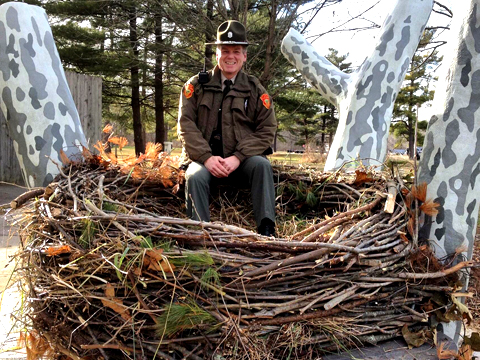
Nesting and Breeding:
Raptors are known to engage in elaborate courtship displays with their mates. These displays often involve impressive aerial acrobatics entailing high-speed soaring, diving, cartwheeling, in-flight twists, “sky-dancing”, talon-interlocking, and free-falling.
Birds of Prey typically build large stick nests. The average Bald Eagle nest is 4 to 5 feet in diameter and 2 to 3 feet deep (pictured). Vultures, however, nest in large scrapes (a shallow depression in the ground or rock with the rim of a scrape nest just deep enough to keep the eggs from rolling away). Owls are another exception. They are cavity nesters and often occupy the abandoned nests of other birds. Burrowing Owls are another exception, who prefer to use burrows in the ground created by small mammals.
Clutch sizes (the total eggs a bird lays per each nesting attempt) vary among species, but larger species generally have smaller clutch sizes and lengthier incubation periods. Most raptors are semi-altricial in that they hatch with their eyes open and are covered in down but are still reliant on parental care.
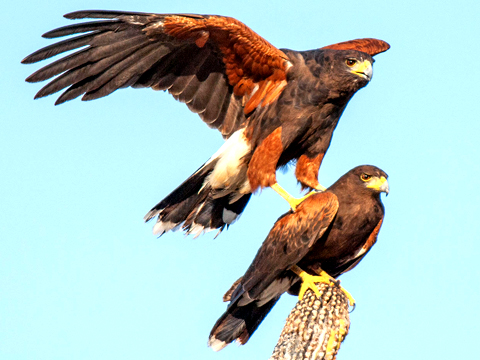
Behavior:
Most raptors spend the majority of their lives alone or in pairs and are highly territorial. Although some species, such as Harris’s Hawks, form small flocks to better their hunting odds for success or when migrating.
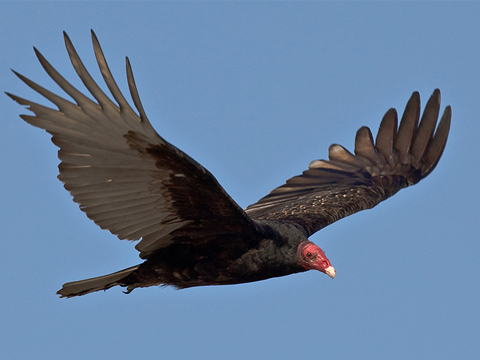
Flight Pattern:
Raptors have distinct flight patterns that differ from species to species. Although slight, the more you learn, the better you will get at noticing the differences. Vultures’ wings make a V-shape (pictured) and tend to teeter-totter (or wobble) when gliding in the air, whereas eagle’s and hawk’s wings when extended outward are in a straight line across and have a soaring flight pattern. Similar to an eagle and hawk with their slow, gliding flight, falcons flap their wings more and glide for shorter distances.
Arizona Raptors Identification
Here is what to look for …
EAGLES
Eagles are the archetype for birds of prey. They are large, powerful raptors, easily identifiable by their size, white head and tail, and soaring flight pattern.
As you can clearly see, these eagles have white feathers covering their entire face with no bald spots anywhere. Their name actually stems from an Old English word “piebald,” which means “white patch” and refers to their bright whiteheads.
Bald Eagle, Haliaeetus leucocephalus
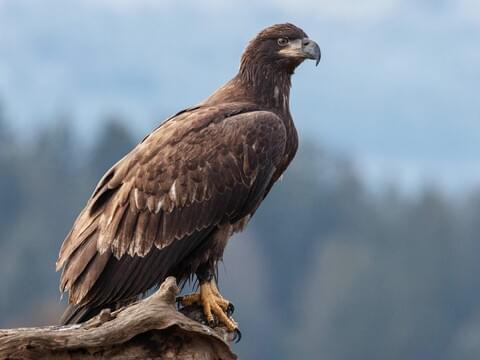
Juvenile
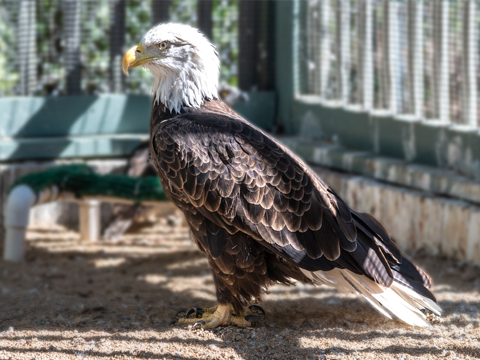
Adult
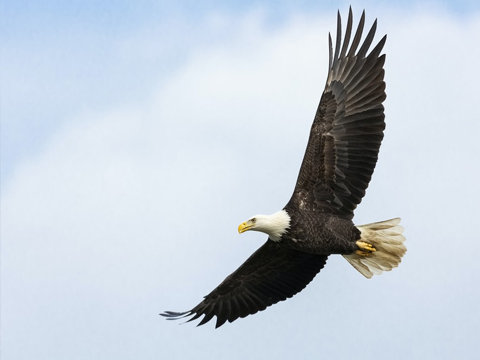
Adult In Flight
Golden Eagle, Aquila chrysaetos

Juvenile

Adult

Adult In Flight
OWLS
Owls are easily distinguishable from other raptors. Their rounded heads, stocky bodies, facial discs, large eyes, and small bills are distinguishable even at a distance. And, since most owls are nocturnal, if you spot a raptor hunting at night, it is likely to be an owl. Owls are equipped with excellent night-vision, hearing, and stealth. They have specialized flight feathers that allow them to fly silently.
Although owls are strongly associated with nocturnal behavior, some species such as the Great Horned Owl are active during the day, while others may hunt diurnally depending on the season. And many owls are crepuscular – meaning they are active at dawn and dusk.
Barn Owl, Tyto alba

Juvenile

Adult

Adult In Flight
Flammulated Owl, Psiloscops flammeolus
Western Screech-Owl, Megascops kennicottii
Whiskered Screech-Owl, Megacsops trichopsis
Great Horned Owl, Bubo virginianus
Northern Pygmy-Owl, Glaucidium californicum
* Mountain Pygmy-Owl, Glaucidium gnoma
Ferruginous Pygmy-Owl, Glaucidium brasilianum
Elf Owl, Micrathene whitneyi
Burrowing Owl, Athene cunicularia
Spotted Owl, Strix occidentalis
Long-eared Owl, Asio otus
Short-eared Owl, Asio flammeus
Northern Saw-whet Owl, Aegolius acadicus
HAWKS AND KITES
Content Coming Soon.
Swallow-Tailed Kite, Elanus forficatus

Juvenile

Adult

Adult In Flight
White-tailed Kite, Elanus leucurus
Mississippi Kite, Ictinia mississippiensis
Northern Harrier, Circus cyaneus
Sharp-shinned Hawk, Accipiter striatus
Cooper’s Hawk, Accipiter cooperii
Northern Goshawk, Accipiter gentilis
Common Black-Hawk, Buteogallus anthracinus
Harris’s Hawk, Parabuteo unicinctus
Gray Hawk, Buteo plagiatus
Red-shouldered Hawk, Buteo lineatus
Broad-winged Hawk, Buteo platypterus
Short-tailed Hawk, Buteo brachyurus
Swainson’s Hawk, Buteo swainsoni
White-tailed Hawk, Buteo albicaudatus
Zone-tailed Hawk, Buteo albonotatus
Red-tailed Hawk, Buteo jamaicensis
* Harlan’s Hawk, Buteo jamaicensis harlani
Ferruginous Hawk, Buteo regalis
Rough-legged Hawk, Buteo lagopus
Osprey, Pandion haliaetus
FALCONS
Content Coming Soon.
Crested Caracara, Caracara cheriway

Juvenile

Adult

Adult In Flight
American Kestrel, Falco sparverius
Merlin, Falco columbarius
Aplomado Falcon, Falco femoralis
Peregrine Falcon, Falco peregrinus
Prairie Falcon, Falco mexicanus
VULTURES
Content Coming Soon.
Black Vulture, Coragyps atratus

Juvenile

Adult

Adult In Flight
Turkey Vulture, Cathartes aura
California Condor, Gymnogyps californianus (reintroduced to the Grand Canyon)
CONFUSING NON-RAPTORS
Content Coming Soon.
Lesser Nighthawk, Chordeiles acutipennis

Juvenile

Adult

Adult In Flight
Common Poorwill, Phalaenoptilus nuttalli

Juvenile

Adult

Adult In Flight

